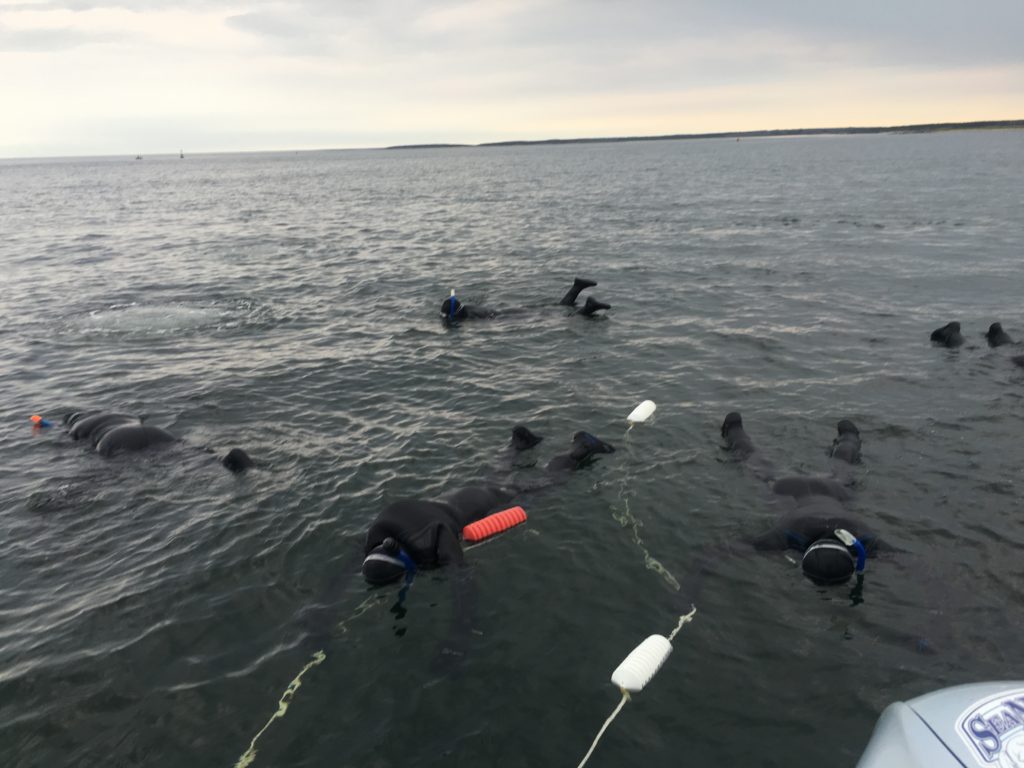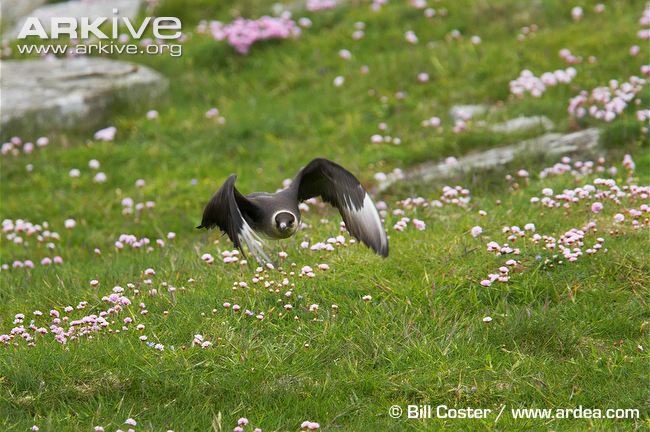Churchill Adventures Field Notes
Churchill Summer Adventures – 2016
A Field Report by Natural Habitat AdventuresExpedition Leader: Moira Le Patourel
We walked across the Churchill Airport tarmac towards the waiting plane, heading back to Winnipeg. The most incredible Churchill summer experience had played out for our little band of Natural Habitat Adventurer’s over the past five days. I have been travelling to Churchill with tour groups and enjoying the sub-Arctic wonders of this area for the past three years, but I had never had an experience quite like this one.

Snorkeling with the beluga whales in theCHurchill River. Moira la Patourel photo.
Our trip started off with an early morning flight from Winnipeg to Churchill in the sunshine. Over the next five days, our group enjoyed absolutely incredible encounters with belugas; in zodiacs, the Sea North II (a larger jet-drive vessel), in kayaks and even through a snorkel mask! We were able to watch belugas exhibiting playful behavior, feeding behavior, calm-day and stormy-day activities and listen in on their incredibly active social lives in the Churchill River and the Hudson’s Bay.

Beluga whales in the Churchill River.Moira LaPatourel photo.
We were also extremely lucky to spot not one but FOUR polar bears on our five-day adventure as well! Two lone individuals, one resting on Eskimo Point and one swimming about a mile off shore in Button Bay, and one mother and cub-of-the-year onshore. I couldn’t believe our luck! The wildflowers were bursting with colour all across the landscape, with more purples and creams than I have ever seen before; it was quite a sight to behold. The bird life was also out in full force; we enjoyed sightings of Sandhill Cranes, Tundra Swans, Arctic Terns, Parasitic Jaegers, Pacific Loons with young, Snow Geese and an American Golden-Plover, to name a few.

Polar bears on the rocks at Eskimo point. Moira LaPatourel photo.

As we were headed to the airport for our departure, we were lucky enough to receive a tip from a local that the Polar Bear Holding Facility was open for tours for the next couple of hours. We only had 15 minutes to squeak in a look at the inside of the Holding Facility, but what a view it was! The Polar Bear Holding Facility has an open-house once a year, and we were just lucky enough to be there at just the right time!
As the Churchill River and the Hudson’s Bay faded out of view from the airplane windows, obscured by cloud, I looked around and could see the broad smiles on the faces of my travelling companions. This had truly been the trip of a lifetime in Churchill for all of us!



